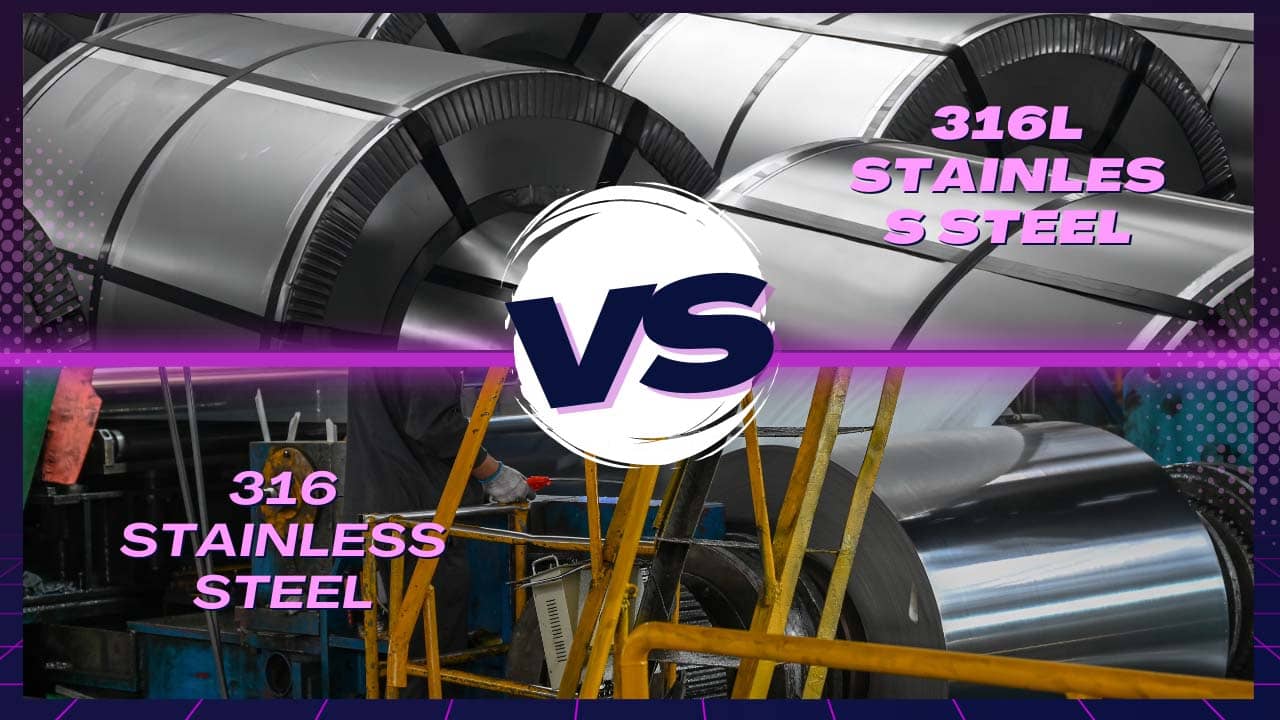316L Stainless Steel vs 316: What's the Difference?
Stainless steel alloys are known for their remarkable resistance to corrosion, achieved through the presence of chromium and other metallic elements. 316 stainless steel stands out due to its enhanced resistance to chloride and various acids, making it a popular choice for applications where exposure to corrosive environments is common. This feature distinguishes it from the widely used 304 stainless steel.
316L stainless steel is a variant of 316 that features reduced carbon content, resulting in different characteristics and suitable applications compared to standard 316. This guide will delve into the differences between the two, helping you make an informed decision when choosing aisi 316l or 316 stainless steel for your project.



